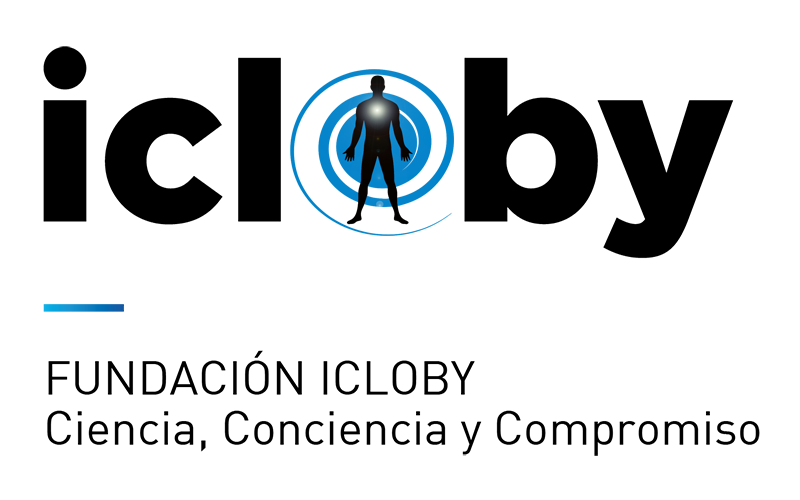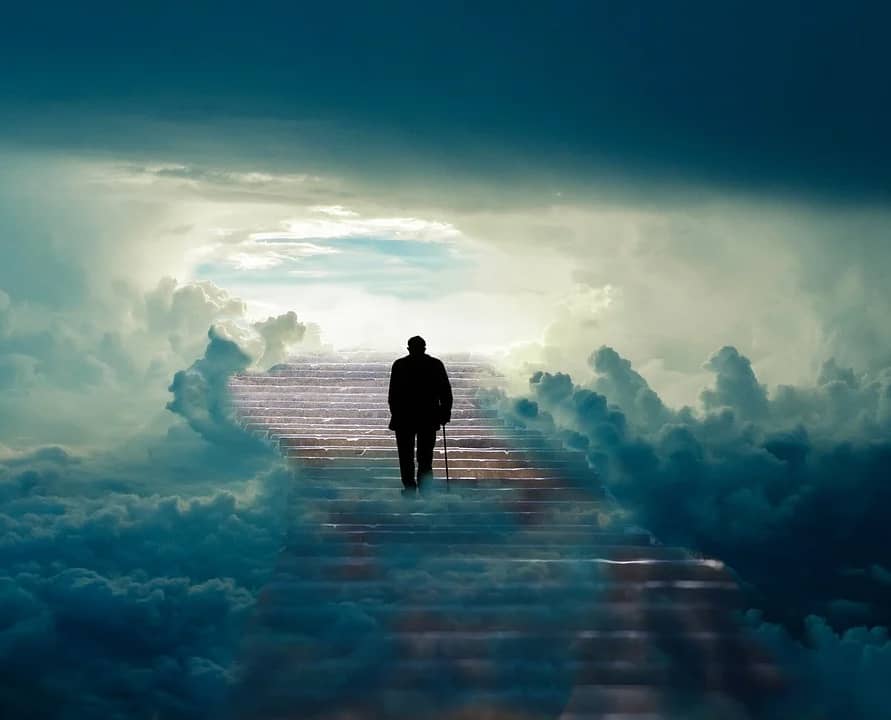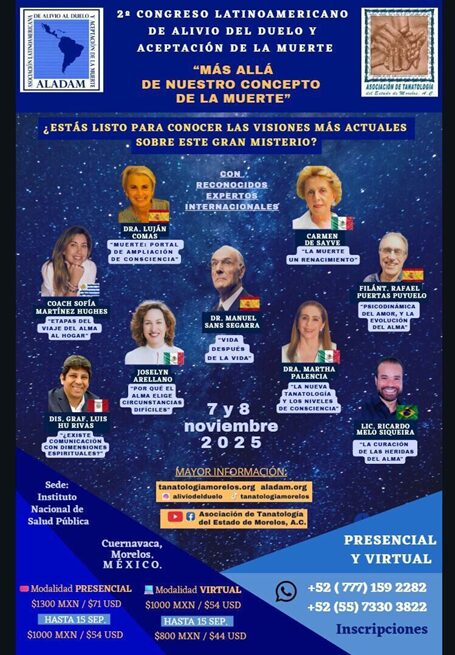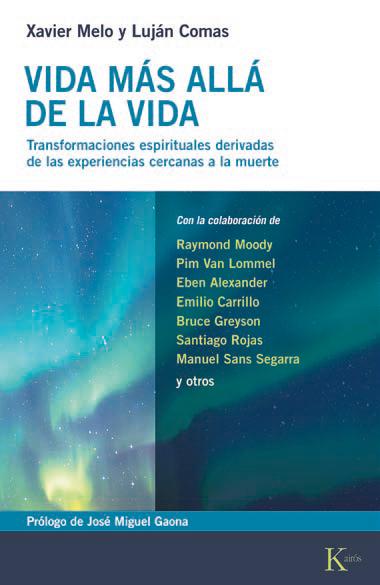Review of Comfort for the dying: five year retrospective and one year prospective studies of end of life experiences by Peter Fenwick, Hilary Lovelace and Sue Brayne in Archives of Gerontology and Geriatrics, 2009.
End-of-life experiences (ELEs) have been reported since ancient timesin the concrete sense of visions of the dying. لكن, more recent research has shown that this type of ELE is only one manifestation within a broader collection of phenomena that occurs on the deathbed, such as, على سبيل المثال, acquiring knowledge of the death of a family member through unknown, the presence of strange lights, clocks that stop at the hour of death itself or simply the need to settle unfinished business in the face of imminent death.
In this work by Fenwick and his colleagues, a retrospective study of four (4) years of research and another prospective study of one (1) year have been carried out , which has allowed comparisons to be made in the chronology and effects on grief and acceptance of death.
38 caregivers were interviewed shortly after the ELE and a year later , with no significant differences found in the relationship between the phenomena that occurred or were described.
Among the phenomena described, the following stand out:
62% (48%, ns) of interviewees reported that dying patients or their relatives had spoken of apparitions to take away the dying person or deathbed visions involving deceased relatives. 64% (54%, ns) reported secondhand accounts from family members describing how the dying person saw or felt the apparition while sitting in bed.
Besides:
Very rarely did an interviewee reported having also seen the “visitor.” Here, a pastoral agent also sees an angel in a patient’s bed. “She seemed a little worried, she was very close to the end, but not quite, and she seemed quite worried and this angel was sitting on the bed and I asked her if she was okay and she said, ‘Well, I don’t know.’ I asked her what was the problem and she said, ‘I think I’m going crazy,’ so I said, ‘What makes you think you’re going out of your mind, you know, mad?’ (She said,) ‘Well, there’s someone sitting on the bed next to me,’ and I said, ‘Well, I can see it too.’ ‘Thanks God for that,’ she said, ‘I thought I was going crazy.’ “Well, maybe he’s just here to keep you company.”
To end:
Surprisingly, أكثر من 25% (35%, p<0.01) reported stories of the dying person surrounded by light at that moment of death . An interviewee asked if she had seen light around patients, she responded: “A light often; especially my therapists often report a light around the patients and more towards when death is imminent.” Another gave this account: “When his mother was dying an amazing light appeared in the room (…). The whole room was filled with this amazing light and his mother died.’ 6% (79%, ns) said that ELE’s could not simply be attributed to a chemical change within the brain. 67% (65%, ns) said that ELE’s were not due to medications or fever. (…) Paranormal events: 56% (57%, ns) of those interviewed reported a firsthand sensation of being dragged or called by the dying person around the time of death. Although these were not included in the questionnaire, several caregivers reported according to O’Connor (2003) phenomena related to someone who had just died, such as room bells ringing, lights turning on and off, and televisions not working properly.
In general, ELE’s provide certain comfort, healing and acceptance to dying people and caregivers at the time of death.





